The 10 Coolest Open-Source Software Tools Of 2022
High-performance data management and analytics tools, software for managing APIs and Kubernetes containers, and application development and machine learning platforms: Here’s a look at the open-source software—both new and tried-and-true—that caught our attention in 2022.
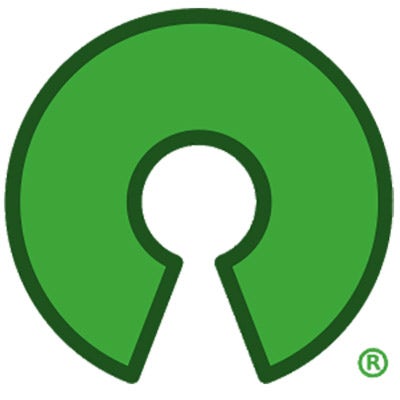
Open For Business
Open-source software tools are increasing in popularity because of the multiple advantages they provide including lower up-front software and hardware costs, lower total cost of ownership, lack of vendor lock-in, simpler license management and support from active communities.
Ongoing migration to cloud systems and digital transformation initiatives are also key drivers for open-source software adoption.
Some open-source software products, including the Linux operating system and Kubernetes container platform, are so widely used they are practically household names. But there is a wide variety of innovative open-source software available for just about anything in application development, data management and analytics, business applications, audio and visual content creation, AI and machine learning, cybersecurity, email, browsers and more.
Here’s a look at 10 cool open-source software tools that caught our attention this year. Some of these tools are new, launched in recent years—even in 2022—while others have been around for some time and make our list because of their momentum.
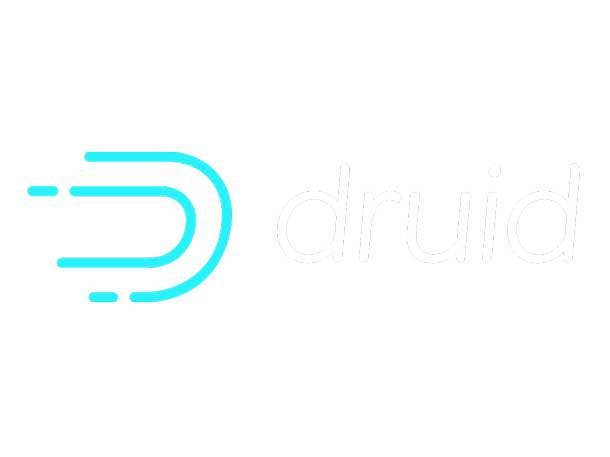
Apache Druid
Another offering from the Apache Software Foundation, Apache Druid is a high-performance, column-oriented analytics database that is designed to power modern analytical applications, providing sub-second responses to queries on real-time, time-series and historical data.
Druid, according to the Apache Software Foundation that develops and licenses the database, is used primarily for business intelligence (OLAP or online analytical processing) queries on event data, providing low-latency/real-time data ingestion, flexible data exploration and fast data aggregation.
Druid is available under the Apache License 2.0. Druid’s original developers started Imply, based in Burlingame, Calif., which offers Imply Polaris, a fully managed cloud database service based on Apache Druid.
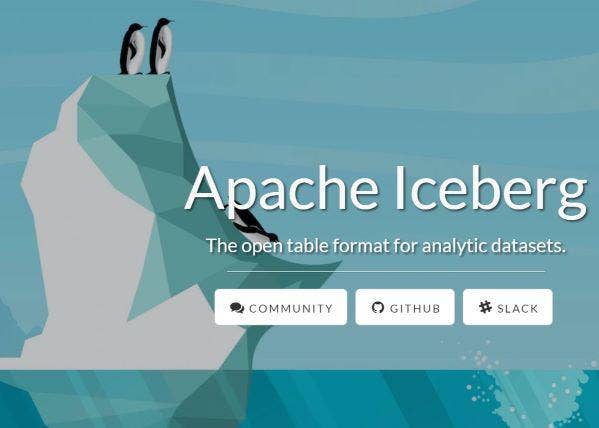
Apache Iceberg
Apache Iceberg is a high-performance format for large-scale data analytics tables, according to a description on the apache.org website. Iceberg brings the reliability and simplicity of SQL tables to big data tasks while making it possible for data processing engines like Spark, Trino, Flink, Presto, Hive and Impala to safely work with the same tables at the same time.
Table formats are a key component of data architecture that businesses and organizations adopt as part of their strategies for implementing data warehouse, data lake and data mesh systems.
Iceberg was created in 2017 by developers at Netflix to address challenges the media giant was experiencing with its data warehouse operations, according to a Wikipedia history. It was donated to the Apache Software Foundation in November 2018 and is used today by a number of major companies including Airbnb, Apple, Expedia and Lyft.
Iceberg is released under the Apache License 2.0. A number of big data technology companies including Cloudera, Dremio and Snowflake have embraced Iceberg.
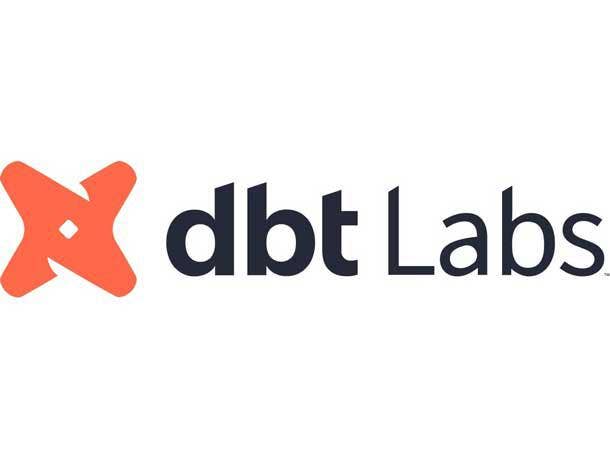
Dbt Core
Dbt (for “data build tool”) is an open-source command line framework that combines modular SQL with software engineering best practices to help data analysts and engineers more effectively transform, test and document data within a data warehouse.
Because Dbt provides a programmatic approach to data transformation tasks and building data pipelines, its popularity has been rapidly growing this year as businesses and organizations wrestle with big data projects like data warehouses and data lakes.
Dbt Core is developed by Dbt Labs, which counts JetBlue and HubSpot among its customers. Dbt Labs raised $22 million in Series D funding in February, giving the company a $4.2 billion valuation. Dbt Core is offered under the Apache License 2.0.
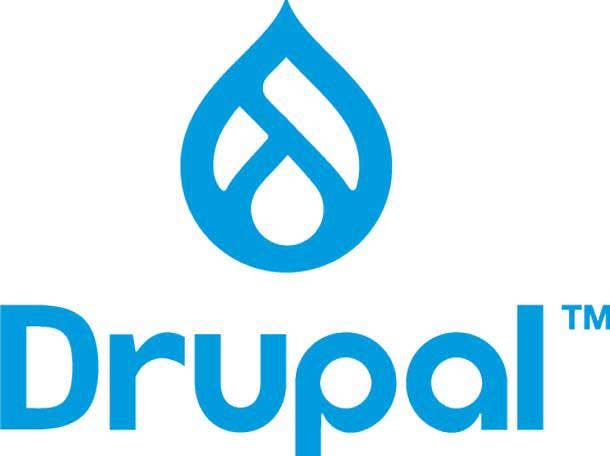
Drupal
Drupal is an open-source content management system that today powers more than 1.7 million websites and 14 percent of the internet’s top 10,000 websites.
Drupal has been around for more than 20 years and remains hugely popular. Drupal 10, the latest edition of the CMS, was just released on Dec. 15.
Drupal 10 offers a range of new features and capabilities including the Olivero default front-end theme, the Claro administration theme in Drupal Core, new Recipes functionality and easy upgrades with Drupal-Rector.
Drupal owes its popularity to the fact that it enables professionals and website teams with development skills to build more ambitious websites than are possible with no-code website tools, notes the nielsdefeyter.nl site for Drupal developers and operators. It integrates with many popular marketing applications, is highly customizable and extensible through APIs, and can scale up to handle millions of users.
Drupal became an open-source project in 2001, is managed by the Drupal Association and is supported by a huge community of users.
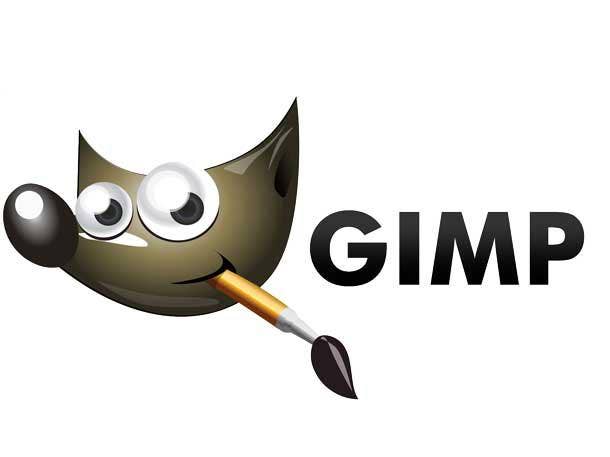
GIMP
GIMP, the GNU Image Manipulation Program, is a cross-platform image editor used for image manipulation, free-form drawing and transcoding between different image file formats, according to the gimp.org website. The software is used by graphics designers, photographers, illustrators and scientists.
GIMP is extensible through its integration with a number of programming languages including Python, Perl, Scheme and is available for GNU/Linux, macOS, Windows and other operating systems.
GIMP is available under the GNU General Public License.
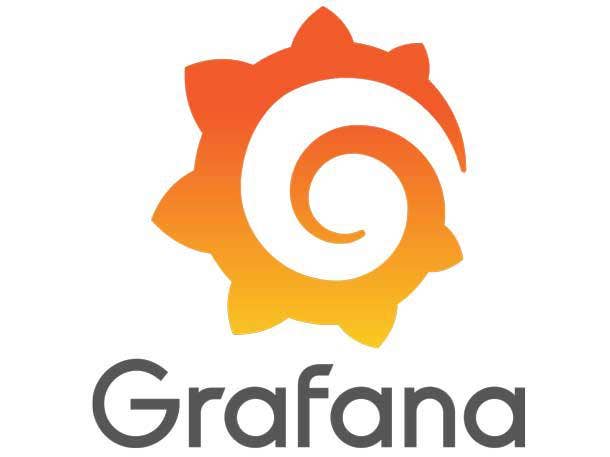
Grafana
Grafana is an open-source observability, monitoring and data visualization platform that collects, analyzes and displays metric, log and trace data for use in monitoring the performance and behavior of databases, applications, containers, IoT devices and other operational systems.
Grafana Labs, which develops and provides the core Grafana technology under the AGPLv3 license, also offers Grafana Enterprise, Grafana Cloud and related commercial software and services.
Amazon Web Services offers Amazon Managed Grafana, a fully managed service based on the open-source technology.
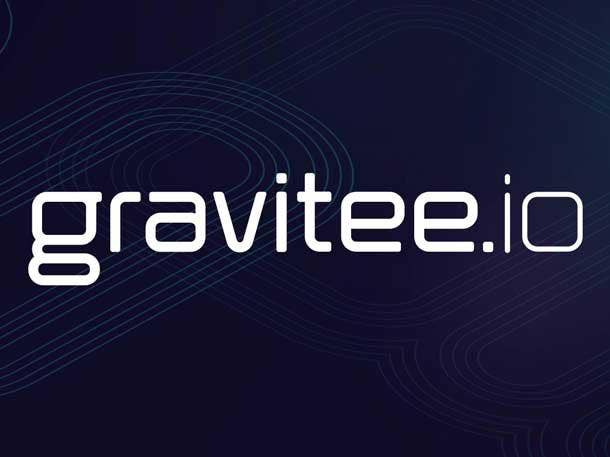
Gravitee
Gravitee is an open-source, event-native API management platform that helps organizations build, secure, monitor, manage and govern their API life cycle.
The use of APIs to link applications across on-premises and multi-cloud networks is exploding – and that’s a problem. API sprawl can create operational, management and security problems.
Gravitee provides API development, security, management, observability and productization within a single, easy-to-use, open-source platform for securing both synchronous and asynchronous APIs through the use of authentication and authorization, according to Gravitee.io, the company that develops the technology.
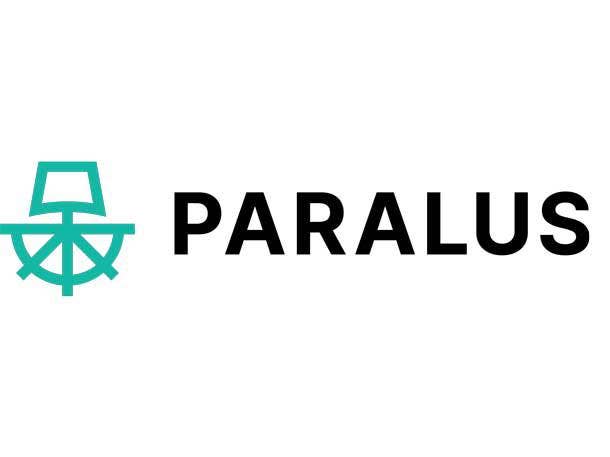
Paralus
Paralus is a new open-source tool for managing secure access to Kubernetes. Rafay Systems, a leading developer of Kubernetes operations management software, launched the Paralus software project in June.
Kubernetes, itself a leading open-source software technology, has become the de facto standard for automating the deployment and management of containerized applications.
But securing Kubernetes is a growing problem, according to Rafay Systems. The company cites The Shadowserver Foundation, a nonprofit security organization, which scanned more than 450,000 systems hosting Kubernetes and discovered that more than 380,000 system—84 percent—were accessible via the internet, potentially providing an opening into corporate networks.
Paralus enables secure access to remote Kubernetes clusters for developers, operations staff, site reliability engineers and CI/CD tools, according to Rafay. The technology works by consolidating zero-trust access principles such as transaction-level authentication and authorization into a single open-source tool.
Paralus can streamline access control to Kubernetes clusters across different operating environments, public clouds and Kubernetes distributions, as well as in on-premises data centers operating behind firewalls, according to Rafay.
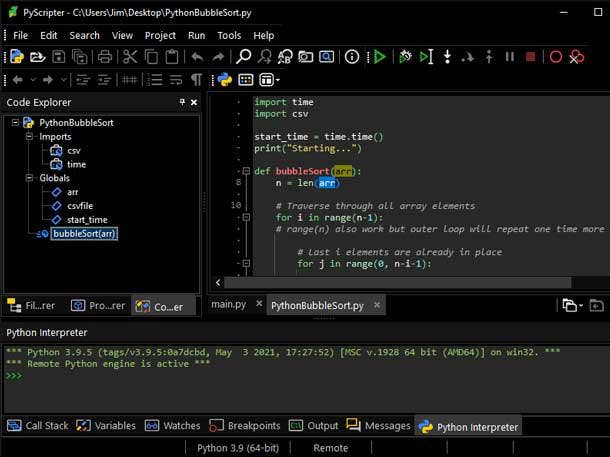
PyScripter
Python, an open-source programming language available from the Python Software Foundation, has become the most popular programming language in the world over the past couple of years, even surpassing Java and C in adoption and usage by developers, according to several market studies.
Which brings us to PyScripter, a lightweight Python integrated development environment for Windows that was built with Delphi’s Object Pascal with Python extensibility, according to the pyscripter.dev website. PyScripter allows programmers to use Python and its extensive ecosystem of libraries from within a browser.
PyScriptor is published under the open-source MIT License and powered by Embarcadero Delphi, which sponsors its development.
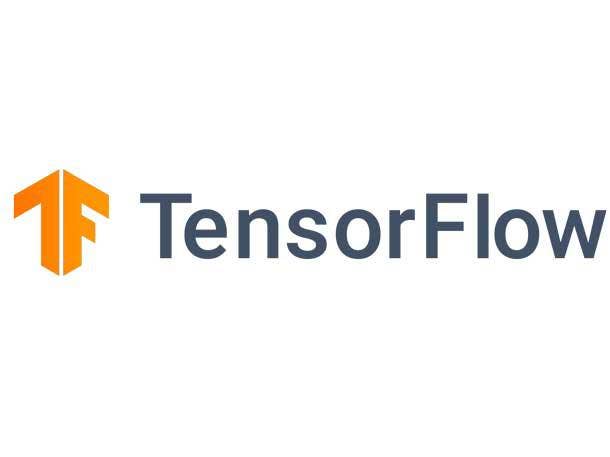
TensorFlow
TensorFlow is a complete machine learning platform for preparing and loading data, building production-grade machine learning models, according to the tensorflow.org website. It offers a comprehensive ecosystem of tools, libraries and community resources that “lets researchers push the state-of-the-art in ML and developers easily build and deploy ML-powered applications,” according to GitHub.
TensorFlow was originally developed by researchers and engineers working on the Google Brain team within Google’s Machine Intelligence Research organization to conduct machine learning and deep neural networks research, the GitHub posting says.
TensorFlow is available under the Apache License 2.0.